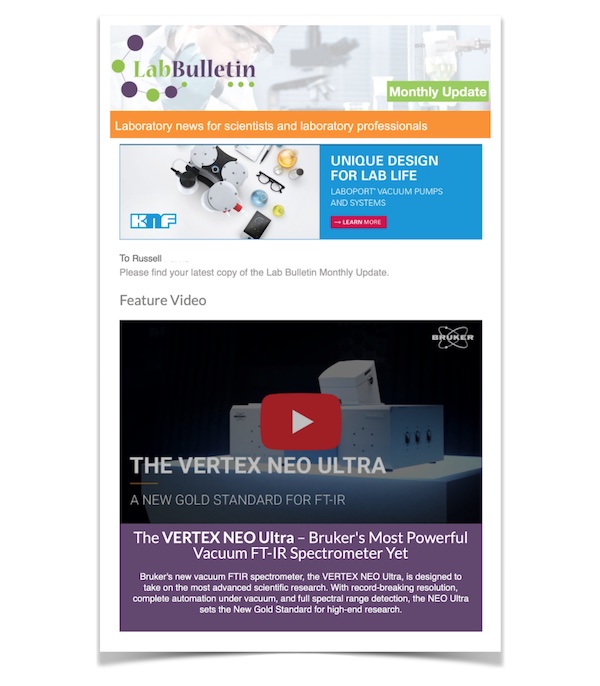Members Login

Channels
Special Offers & Promotions
Merck Expands Popular Line of Guava Flow Cytometers
Merck, a leading science and technology company, is expanding its popular line of Guava® flow cytometers to include a high-power modulated green laser.
 The addition of a 532 nanometer laser expands the detection capabilities of the Guava® easyCyte instrument line to enable simultaneous detection of multiple fluorescent proteins. It also offers researchers more spectral choice using fluorescent reagents. More powerful violet, blue and red lasers are now standard in most configurations, meaning the Guava® cytometers are sensitive enough to detect subcellular particles as small as viruses.
The addition of a 532 nanometer laser expands the detection capabilities of the Guava® easyCyte instrument line to enable simultaneous detection of multiple fluorescent proteins. It also offers researchers more spectral choice using fluorescent reagents. More powerful violet, blue and red lasers are now standard in most configurations, meaning the Guava® cytometers are sensitive enough to detect subcellular particles as small as viruses.
"We chose the Guava® easyCyte system because it combines many features that are desirable for us: a green laser -the most important - higher power lasers for smaller particle detection, very low waste volume and very small footprint," said Richard Janvier, Service de Microscopie for Institut de Biologie Intégrative et des Systémes at the Université Laval in Québec, Canada and longtime easyCyte user. "No other cytometer on the market meets all of these criteria at the same time."
Since the discovery and isolation of the genes encoding proteins responsible for biological fluorescence, fluorescent proteins (FPs) have changed life science research. Both mutation of the original green FP and discovery of naturally occurring proteins emitting elsewhere in the spectrum have resulted in FPs of many colors. Merck's new easyCyte green laser variants meet the need for instrumentation that allows users to analyze heterogeneous biological tissues and systems in a single experiment.
Merck's Guava® pioneered microfluidics in flow cytometry 15 years ago when the company introduced the first benchtop flow cytometers. This new enhanced optical capability and flexibility has been achieved by Guava® engineers with no increase in instrument size and without sacrificing affordability. Better optical configurations that allow for more meaningful analysis permit a small benchtop footprint. This gives users reduced buffer and sample volumes and dramatically reduces waste when compared with sheath-based flow cytometers.
Media Partners


